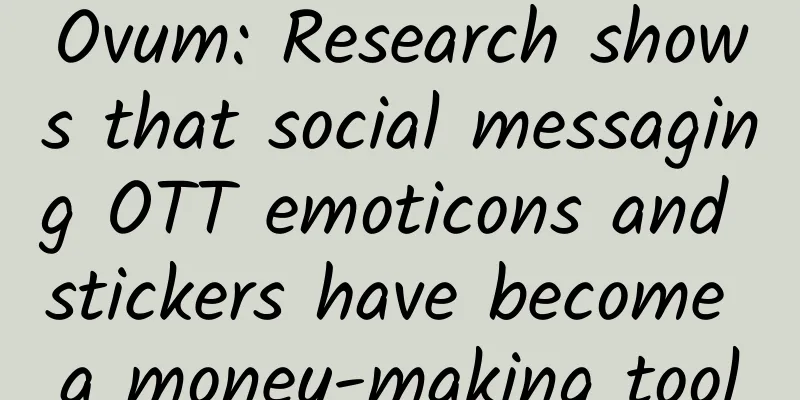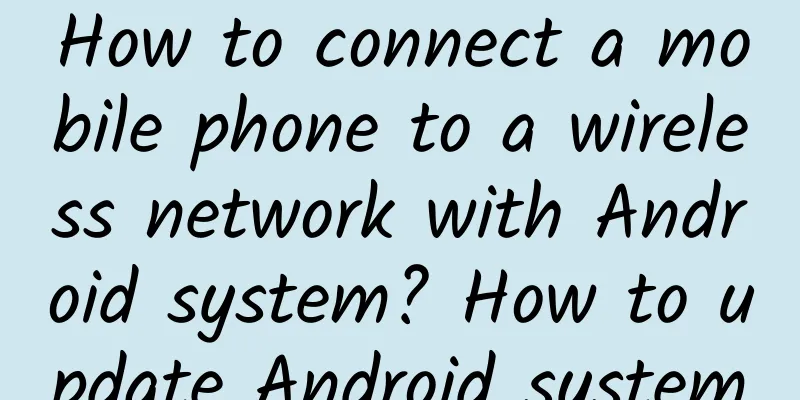Ovum: Research shows that social messaging OTT emoticons and stickers have become a money-making tool

|
Ovum pointed out in a recent report that the entire social media industry will undergo a major transformation in 2014, with the development of social messaging services being a major driving force. LINE, a social application with 270 million users, and WhatsApp, with 350 million users worldwide, are mainly aimed at mobile users and are changing the way consumers interact with social media. Many social media are expanding their presentation formats to better adapt to mobile needs. Neha Dharia, an analyst at Ovum and the author of the report, said that messaging social media is changing the existing social media landscape, and this change will affect several major OTT giants. In addition, Ovum expects that social messaging OTT companies will gradually start to make money, which will help these players transform into mobile media platforms. Social messaging companies are growing rapidly In the past two years, the user base of companies focusing on mobile social messaging has grown dramatically, and some have already achieved the turning point from quantitative change to qualitative change. Neha believes that 2014 will be a critical year and will become a turning point for the social messaging industry. The rapid growth of low-end and mid-range smartphones, the expansion of mobile broadband services, and large-scale market promotions have all promoted the growth of social messaging services. This shift is very consistent with consumer demand, consumers want short messaging services to be cheaper or even free, and also want more options than the existing operator SIM cards provide, such as being able to connect or share texts they have already sent online and offline. WeChat in China has achieved this, with both the existing functions of popular social media and the addition of small mobile payments to facilitate consumers to conduct small transactions. Social messaging OTT companies not only meet consumer needs, their services are easy to use, and more importantly, they provide a variety of new business forms, which together create a new critical point. However, social consumer companies also need to evaluate which non-social applications can be integrated on the platform. Some combinations are more classic, such as the combination of social media and games. Applications such as utility payment need more in-depth analysis before being embedded in social messaging platforms in order to successfully integrate. From platform to distributed platform Neha believes that new mobile-focused, message-centric OTT companies like these will become a driving force for the transformation of social network media. The earliest form of social network media required users to log in to communicate, play games, share media content, music, videos and other services. In the past two years, not only has the number of social media increased, but the types of embedded services have also increased. Services with social features are presented in different forms, either directly logged into social networking sites, or accessed through applications or browser clients. Naiha said that by 2014, users will no longer need a social network. They may set up their own personal pages, which can be linked to different social networks, social media and even other service websites, such as utility payment websites. The original horizontal service platform has evolved into a distributed platform that brings together many consumer services. This shift is driven by mobileization, as many consumers use mobile terminals to access social services. Mobile Internet services are taking off rapidly in both developed and emerging markets, and will become an important part of the Internet in the future. Moreover, the shift to mobile is two-sided, but there is no doubt that companies that started with mobile from the beginning have more advantages in mobile application development than those that switched from PC to mobile. For example, location services, cameras, mobile phone contacts, NFC near-field communications and even operational billing. MXit, the largest social network in Africa, provides users with services to locate the nearest clinic. These services are also relatively intuitive in application, easy to spread and use, and users do not need to bother adding friends to the network one by one. MXit has automatically integrated them. Stickers become a money-making tool However, one of the main criticisms of social messaging companies is that they rely heavily on venture capital and lack a real business model. Therefore, some people question the short life cycle of these social messaging OTT companies because they do not have stable revenue. Some people expect the growth model of such companies to be to grow with venture capital and then sell them. Small companies may have taken this development model, but large social messaging companies have gone beyond the stage of accumulating user bases and are now focusing on developing revenue channels. Line's latest revenue data shows that the company earned $132 million in the second quarter of 2013 alone, which means a year-on-year growth rate of more than 300%. In its revenue structure, revenue from games accounted for 53%, followed by paid stickers (27%), and sponsored stickers, which accounted for a total of $300 million in the first half of the year. Ovum expects that Line's revenue from games and stickers will continue to grow in 2014. Naiha said that by 2014, several social messaging apps will accelerate the process of moving from reliance on venture capital to self-generated stable revenue. WhatsApp is a subscription-based model and has established partnerships with many telecom operators, which should bring it stable income. WeChat is also trying to generate its own revenue sources, following the footsteps of Line and KakaoTalk, launching celebrity chats, sponsored stickers, and trying to enter the mobile payment field. Gaming services are also an effective way to achieve commercialization, but this path is only suitable for OTT companies with a large user base. In short, the most critical one to achieve commercialization is to have a large and loyal user base, which is certainly not a problem for the top four players in the market. Smiley faces also make money Stickers or emoticons are a popular way of communication among the user base and a tool for some OTT players such as Line and KakaoTalk to make money. The popularity of emoticons is also the same in Asian countries such as China and Japan, where personalized services have become quite popular. Ovum predicts that the popularity of stickers will grow further in 2014 and become a global expression method in social messaging applications. Facebook has already added a series of stickers to its messaging platform, some of which are elements of the latest movies, indicating that Facebook has cooperated with sponsors. Tango, another social platform in the United States, has also released a series of stickers for users to use. Another important role that stickers play in facilitating the growth of social messaging is that it allows users to communicate in ways other than words. It may seem a little strange that in a text-centric world of communication, people would need ways other than literacy. With stickers and voice messages, social messaging apps have overcome the barriers of language literacy, and in doing so, have expanded their user base to areas they had not previously expanded into. Ovum predicts that the total number of messages generated on messaging applications will grow from 27.5 trillion in 2013 to 71.5 trillion by the end of 2014. The services developed by social messaging OTT companies have also gone far beyond the basic functions of communication, including games, payments, information and utilities. Similarly, social messaging applications continue to penetrate mobile media platforms in their own way, using mobile communication technology to create a user-centric content service. |
>>: Float: Mobile healthcare has huge potential
Recommend
The "dilemma" of mild myopia: Can I not wear glasses? !
Review expert: Peng Guoqiu, deputy chief physicia...
What is prebiotics?
Yisheng Alkali is the flagship brand of Guangzhou...
How is mammography performed?
Breasts are where women produce milk for their ch...
How to choose jelly orange? How to make jelly orange sweet if it is a bit sour?
Jelly orange is a common citrus fruit in life. It...
ComScore: Apple's U.S. smartphone market share reached 41.8% in Q4 2013
According to the latest data from market research...
How many months is 18 weeks of pregnancy and what to pay attention to
Many pregnant mothers are now very unclear about ...
What is the cause of brown discharge during pregnancy?
In the early stages of pregnancy, women's bod...
Vaginal atresia
The vagina is a unique organ of females, and vagi...
What should I do if my period doesn't come after taking progesterone?
For some ladies with irregular menstruation, doct...
Will cataracts cause itching and pain? What will happen when cataracts develop?
Cataract is an eye disease and the leading cause ...
Is it possible to get pregnant if you have irregular menstruation?
For women with irregular menstruation, they must ...
Can chestnuts and dried tofu be eaten together? What are the benefits of eating chestnuts and dried tofu together?
Dried bean curd contains rich nutrients, especial...
I wanted to vomit acid reflux on the first day of medical abortion
Medical abortion is a more common method of abort...
What are the dangers of eating hot pot buffets frequently? How can you get the most out of a hot pot buffet?
Adding a proper amount of milk to the hot pot bas...









